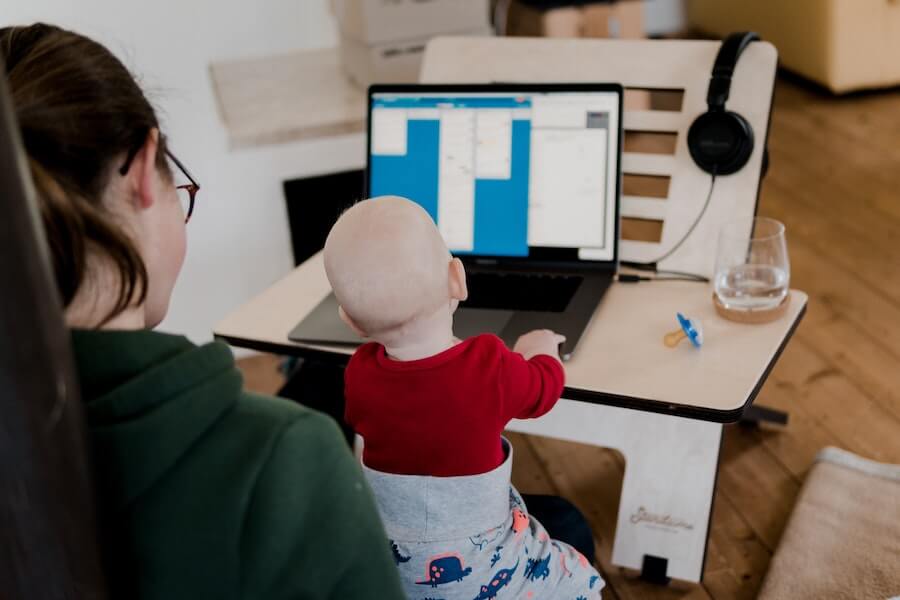Everyone in Australia has been affected by the coronavirus pandemic. Be it stay at home orders, experiencing financial hardship or homeschooling kids for the first time. It’s been a novel and challenging experience.
With the economy reopening in some places and lockdowns imposed in others, the Government is winding down stimulus measures from September, cutting payments and tightening eligibility requirements. At this stage, all stimulus will be cut off from March 2021.
With stimulus changes comes uncertainty – what happens next? With a few months until the changes come in, here’s how to prepare your savings for any shocks that could occur.
Topics in this article:
How to prep your savings before stimulus ends
1. Audit your current income and spending
In March this year, the Federal Government enacted several stimulus measures to keep the economy moving during shutdown orders. The Government has spent over $130 billion on JobKeeper and JobSeeker benefits, keeping 960,000 businesses and their 5.5 million workers employed. Though helpful, it leaves many people uncertain about what comes after, especially in sectors like tourism, aviation, and hospitality. If you are employed, it’s essential to audit your income and spending, so you get a good snapshot of where you’re at.
The first step towards creating a good savings plan is to look at your current income (that is, during the stimulus and what you were on before) and where you spend your money. A lot of our income is spent on necessities; rent or mortgage payments, utilities, groceries, clothes, and our children’s needs. But you can unlock savings from examining your spending; do you need three streaming services? Do you have to order takeaway meals three nights a week? Do you have to upgrade your phone every year? If you’re working from home, why not make your coffee with a coffee machine? Once you identify ways to reduce your discretionary spending, you can redirect that towards your savings.

2. Think about future purchases
When the economy is uncertain, it makes sense to think about any future purchases – be it a car, TV or home. Ask whether the debt you are taking on is ‘good debt’, debt that you take on now that will pay itself off and return on the investment later, or ‘bad debt’, debts you incur without any benefit beyond purchasing the item; say putting smaller purchases like food and drink on your credit card. Once you’ve consumed them, you’re left with the debt. Unless they’re for assets that might generate money – perhaps a new car will get you to work or allow you to make money ridesharing – then pay with cash, not credit.
3. Consolidate your debts
One significant barrier to saving money is paying off high-interest loans and credit cards. Paying off the minimum on your credit card can take years, which only accumulates interest. For example, owing $3200 (the average in Australia) at a rate of 18% p.a., paying just the minimum would mean $7037 in interest which would take you 26 years to clear off! Making higher repayments or consolidating the loan could make a dramatic impact in reducing that interest not on just one credit card, but other cards and loans if you have them.
Personal finance expert and Savvy CEO Bill Tsouvalas suggested that consolidating your small debts as soon as possible can help Australian families weather the end of the stimulus.
“Consolidating your debts into one streamlined payment per month can help you avoid paying more than you need to in interest. Interest is the enemy of savings. If you can reduce your overall interest with a personal loan, you’ll be better off in the long-term. It’s better to get onto it now instead of when it’s too hard to handle,” Bill says.
4. Automate savings and look into high-interest saving accounts
Once you have consolidated debts and re-examined your finances, you should look to automate your savings by direct debit each pay cycle. Set aside a fraction of your pay to go into an account that isn’t linked to cards or your everyday online banking accounts. As a general rule set aside five to 10% of your monthly income minimum as soon as you’re paid. If possible, find a bank or credit union that rewards your saving behaviour with bonus interest to make your savings pool grow faster over time.
5. Have a goal in mind
With any savings plan, it’s important to have a goal in mind. Though ‘saving for a rainy day’ is admirable, it’s not tangible – the rainy day may never come, and you’ve got a pool of money just sitting there doing nothing. The savings you make could be used for a home deposit, a holiday, renovation or as capital for an investment property. Make sure you have a goal in mind that will reward you in the long-term.
6. On a mortgage? It’s time to refinance
If you’re paying off a mortgage and haven’t looked at your interest rate for at a year or two, there’s never been a better time to refinance. With interest rates at record lows (the official cash rate is at 0.25% as of writing), it’s worth exploring refinancing to avoid mortgage stress, especially if you are on a fixed-rate loan.
“With lending restrictions relaxed and a weaker market for homeownership, competition in lending is fierce,” Bill says, “leaning on your current bank for a better rate or going elsewhere could save you thousands on repayments, which you could either funnel into extra repayments or your savings for that rainy day”.

7. Still have some money left over for fun and frivolity
We may have saved money on eating out, transport, leisure activities and travel during lockdown; it’s reasonable we’ll be experiencing that again. When we are in savings mode, we should still leave a bit of wiggle room for fun and leisure. One idea is to pool your household income each month (or pay cycle) and pay yourself a small ‘fun allowance’ after you’ve covered essential expenses such as rent/mortgage payments, utilities, etc. That way you won’t be tripped up half-way through the month if you splurge on an item such as new clothing or a nice meal out. We don’t need to live like hermits to get into good financial habits – just don’t go overboard!
We hope these tips have given you a few ideas to help bolster your savings in these uncertain times and put you in a good position for life post-coronavirus.
Disclaimer: This is a general guide only and is not intended as a substitute for financial advice.






